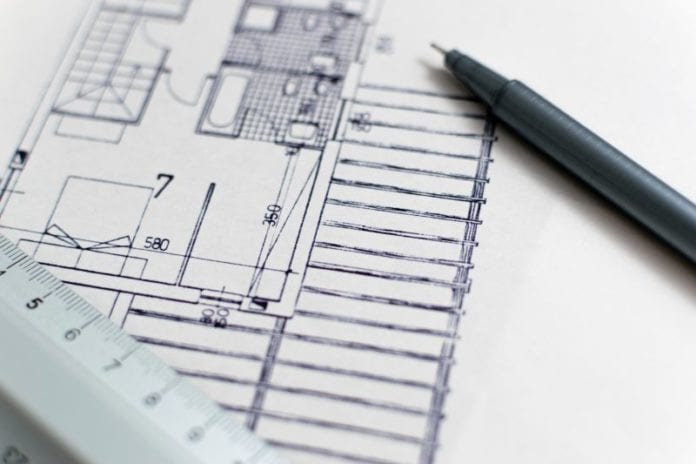An Bord Pleanála has approved the construction of a 38 unit housing estate in Ballinsloe, and barred investment funds from buying the houses.
Carbon Sole Ltd has been granted planning permission to build 38 houses at Creagh, Ballinasloe, after the bord ruled against an appeal.
The City Council had previously approved the housing development last May, after it was redesigned to reduce it from the 47 houses originally planned.
This was to avoid building on the northern end of the site, which is deemed to be at flood risk, and will instead be landscaped.
The developer also proposes to include a children’s playground within a centralised public green area.
The existing access to the site would be replaced by the construction of a new access junction onto the R446 Dublin Road.
An appeal was lodged against the city council’s original decision by Dublin Road and
Creagh Residents Association on multiple grounds.
It argued that there were not enough facilities in the area for additional housing, and the plans were overly dense, including two many one and two bed units which are “clearly intended” for the rental market.
The appeal also said that the overall masterplan for the area is to build 132 houses, but the developer said that this is only an “indicative” plan for how future development could be integrated.
These and other grounds related to the design of the proposed estate, and stress on local infrastructure, were disputed by the developer.
Planning permission was granted by An Bord Pleanála with twenty-two conditions of approval attached.
Among those, the Bord once again barred any of the houses or duplex units from being sold to investment funds in the first instance.
Condition No. 17 states that the first occupation of these homes must be by “individual purchasers” or by people “eligible for the occupation of social and/or affordable housing”.
The developer was also ordered that all “in-curtilage parking spaces” serving homes must have electrical connections to the exterior of the houses to allow electric vehicle charging points to be installed.












